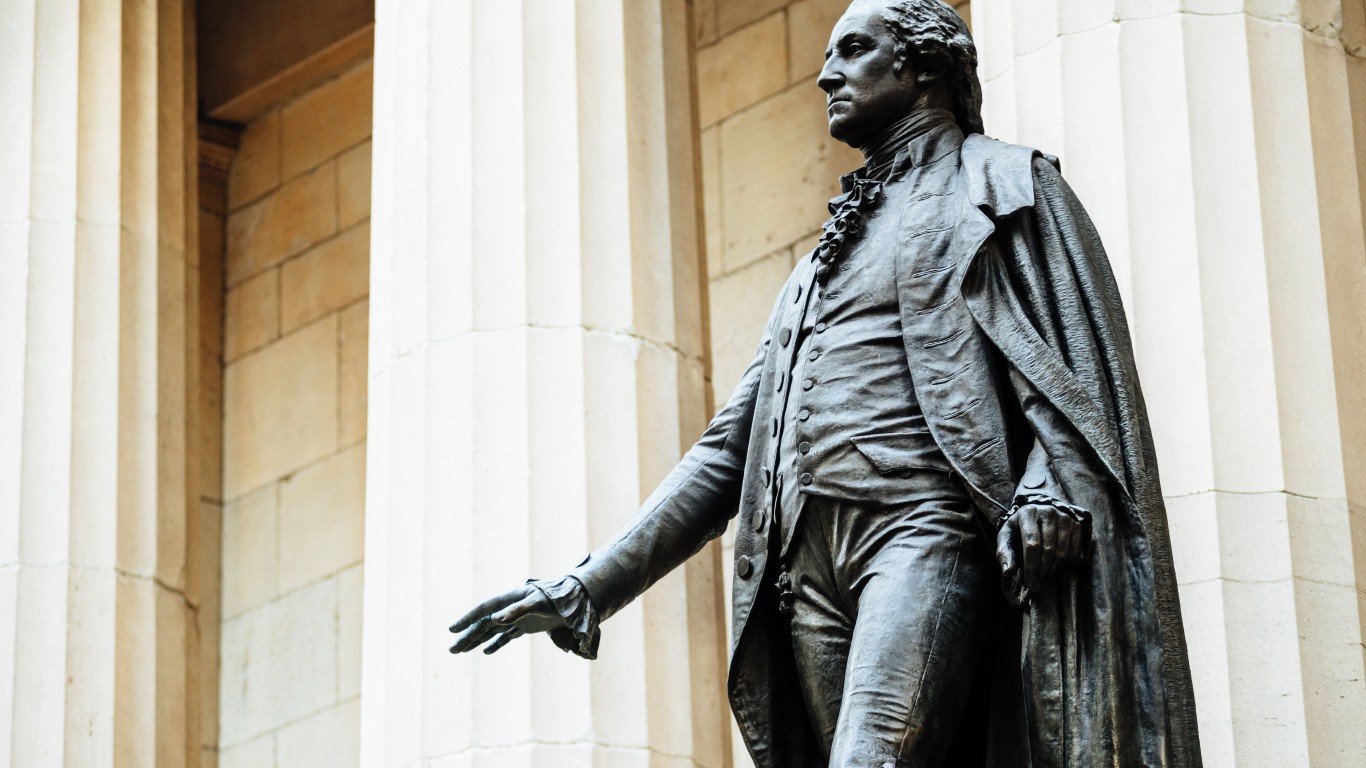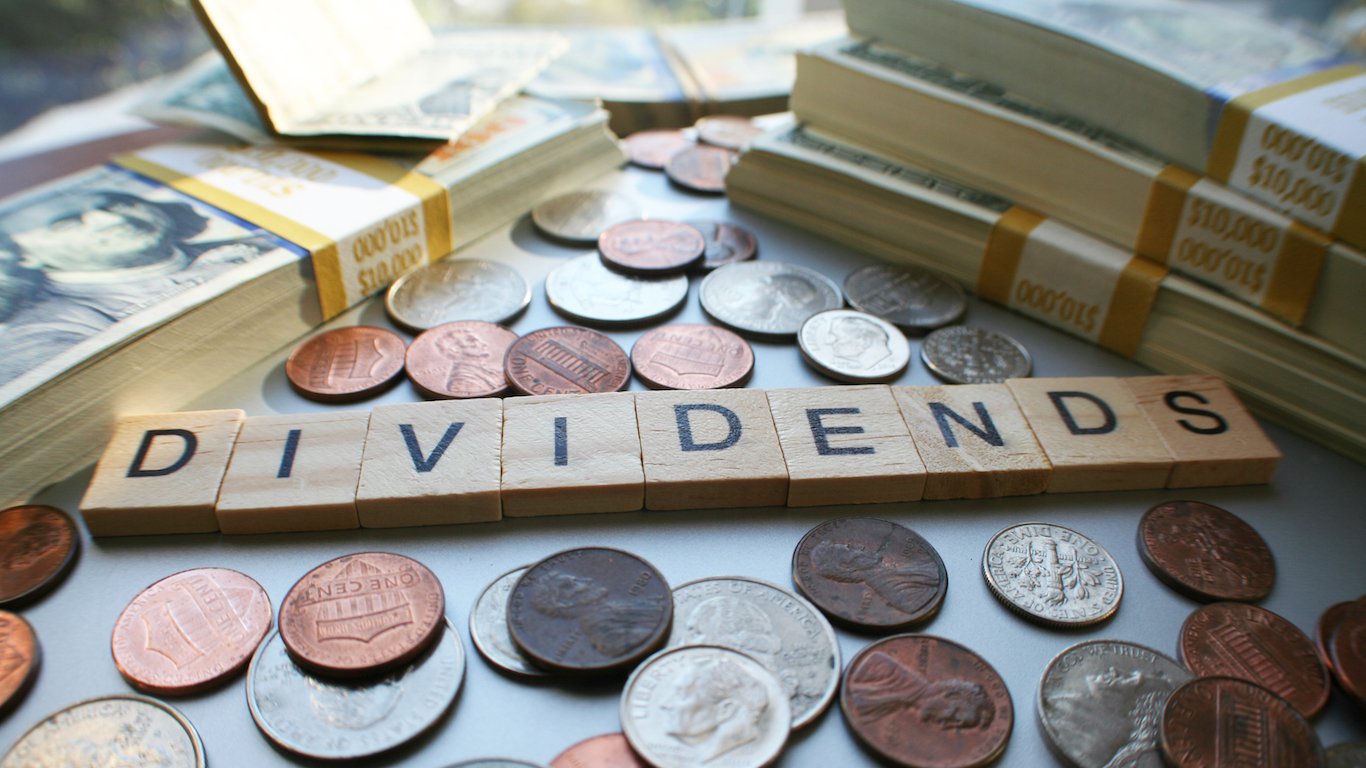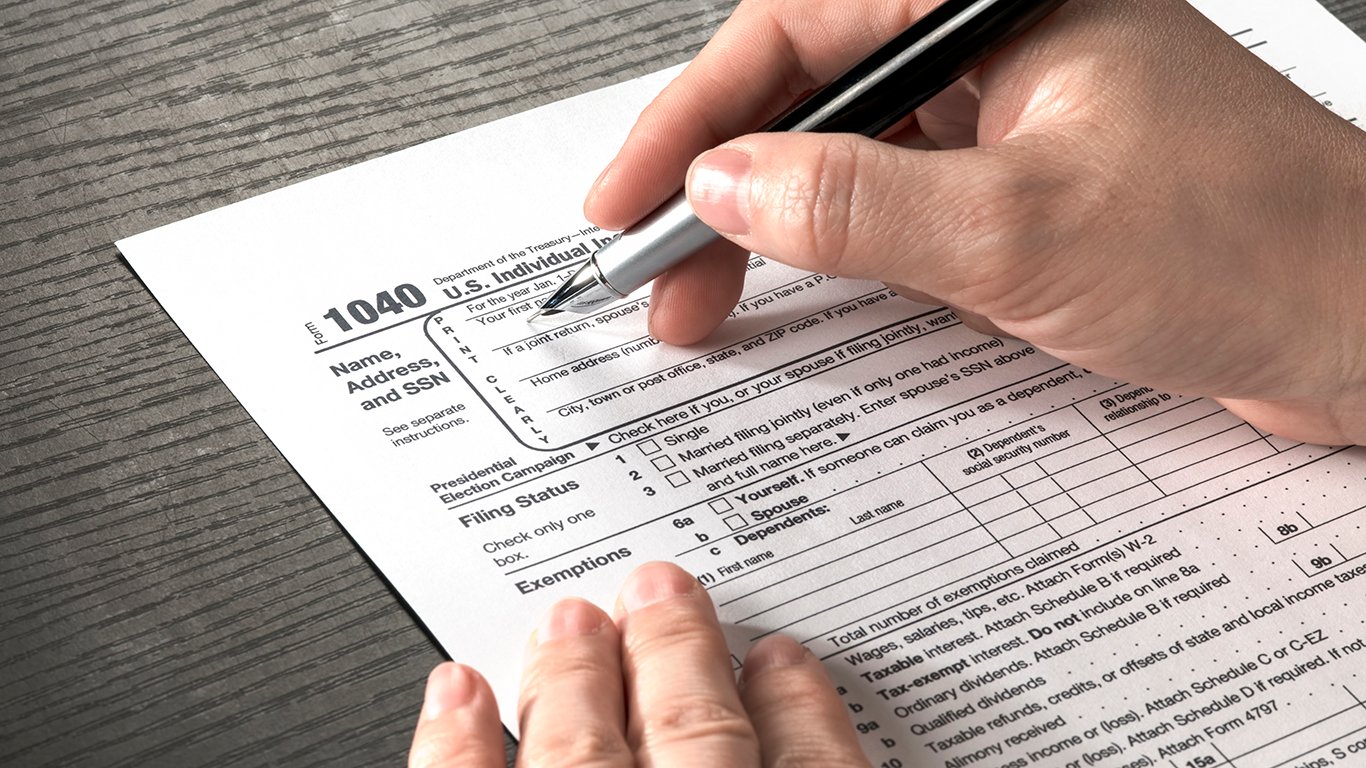

The latest financial market mayhem from the COVID-19 pandemic is causing trillions of dollars worth of economic damage. After evaluating the measures that already have been taken to thwart some of the financial blood-letting in America and around the world, it is becoming increasingly obvious that traditional fiscal policies from central banks, and even the ongoing quantitative easing measures being revisited, just aren’t adding up to be enough to stop the economy from moving rapidly from a raging bull market into a roaring bear market. There may need to be more assistance from the market players, because this sudden bull-into-bear market and rapidly slowing economy have all the hallmarks of another bad recession.
24/7 Wall St. has been evaluating how each of “the new worst trading days” since the 1987 stock market crash measure up against each other. At the same time, we have evaluated many alternative measures that the government and different agencies could enact (and some have, like buying oil) to curb the mayhem in the financial markets.
It is starting to seem more plausible that the Treasury, Federal Reserve, SEC, FINRA, politicos and the New York Stock Exchange and Nasdaq might want to consider efforts aimed at curbing trading or even halting trading entirely at this time in the stock market. Over the past month, there has been a state of bloodletting in the stock market as the coronavirus news grows worse each day. It is also more than evident that there are overwhelming expectations that more bad news around the coronavirus is coming in the weeks ahead.
Of the S&P 500 stocks, 75 of them have stock performance down in excess of 50% so far in 2020. Another 65 were down at least 40% since the end of 2019 alone. That is not normal trading behavior. It’s also no longer that insensitive to say that the financial damage from the COVID-19 is becoming the next generation’s 9/11 or wartime event, as far as the impact on the economy and how it is changing the daily lives of the population.
Several scenarios could unfold around halts and trading limits. Admittedly, many other alternatives also could be considered. The New York Stock Exchange and Nasdaq have not been immune to extended periods when equity trading was halted. The stock exchanges could move to shorten up the trading hours, and they could even vote to tighten up the circuit breakers and trading curbs that are in place today, at least temporarily.
Multiday and extended trading halts were seen from the Tuesday through Friday right after the 9/11 terror attacks in 2001. The stock market was closed for a period of four months way back in the summer of 1914 for the outbreak of World War I. The stock market is also closed on days of presidential funerals and around other sudden events, such as weather, power and technical issues.
How a trading halt would be enacted is no simple discussion. There also may not be a “one size fits all” strategy. Would the securities regulators and the powers that be want to keep the bond market open to facilitate the flow of money throughout the country and throughout the world? Would they allow pending trades that are already committed to close, or would they halt closing dates until the market was reopened? That could allow for some good or bad outcomes. Of course, there is also a risk that if things go south after reopening that a locked-in loss could be even greater than today.
While the United States is far more dominant over the rest of the financial world than some of the markets in Asia, there are other recent multiday halts to consider. China, Hong Kong and several neighboring nations simply shut the exchanges for a week or so to kick off the Chinese New Year. This year, China extended the closure of its financial markets beyond the new year period as the coronavirus was spreading rapidly. The Philippine Stock Exchange just announced that it was closing for trade ahead of the March 17 trading day and would be closed until further notice as it deals with more quarantine efforts to stem the rise in coronavirus cases there.
Issuing a multiday halt to stock market trading is an extreme and rare measure. Admittedly, there is always a chance that halting all stock market trading would create an even larger giant “whoosh effect” after the markets are allowed to reopen and act as a price discovery mechanism. At the same time, there is also the potential that halting equity trading for a period of days or weeks would offer some stability for the public that would prevent investors from hitting any panic-sell transactions for the fear that 30% losses might become 50% or 80% losses.
Would the exchanges tighten their trading halt criteria or make trading halts last longer? The current Level 1 halt has been to cease equity trading for 15 minutes if a drop of 7% or more occurs on the S&P 500, compared with the prior day’s close. A Level 2 halt occurs if the S&P 500 then falls to 13% from the prior day’s close, also with a 15-minute halt. With a level 3 halt, the stock market closes for the day if there is a drop of 20% from the prior day’s S&P 500 close.
As for the duration of the halts, there could be a case now that, with lock limit down futures trading having been seen in recent days, a 15-minute delay may not really be enough time to do much of anything. Do those 15 minutes really give the public enough time to decide whether to hit the buy or sell buttons right at the open or in the middle of their workdays? The exchanges could move to say that if the lock limit down was in effect that it could create a 30-minute or 60-minute halt to allow more time for cooler heads to prevail.
Would the equity exchanges and regulators think that the two worst trading days in history outside of the 1987 crash happening in March of 2020 is actually a good thing? Assuming they do not, then the rules could be narrowed during this time of panic to where the halts occur for longer and with incremental levels of 5% down. That would be similar to what happens in futures overnight, followed by halts at 10% down and then ultimately 15% down. There is even a case those levels could be pointed down to 4% or even 3% limits until the financial markets stabilize.
Is there really a serious and rational argument that a crashing stock market doesn’t matter to the general public, just because of the theory that “only the wealthy are invested” in stocks? If employees work for big companies, they ultimately have to care about the stock market, whether they want to or not. Those employees have 401(k) and IRA retirement assets that invest in stocks, and the few companies that still offer a pension simply cannot get the returns they need solely investing in bonds. There is also the notion that if their company is in trouble or thriving, the share price can dictate some of the mood and behavior inside a company or around employees wanting to join or move on.
The recent rise of Robinhood as a free trading app used by millions of millennials should also throw out the idea that the masses cannot or do not want to invest in stocks. According to that company, millions of younger investors have joined its ranks. Hint: people didn’t join Robinhood just so they could buy certificates of deposit or Treasuries.
What about the notion that short sellers have to be allowed to participate equally in the stock market? It is true that for every time there is a short sale there is also a buyer of stock. Even the most critical of outsiders who analyze the markets probably can get to a point that short sellers have to be allowed in a market over time. Still, extending the duration of halts or lowering the criteria for trading halts would not exactly be a deathblow that prevents short sellers from participating in the markets. Short selling parameters were even set up during the financial crisis to try to prevent the bank stocks from imploding.
Before thinking this is just bull market-rigging heresy, consider that the market having dropped 10% in a single session only a handful of times might support narrower and longer halts. It may even support a halt until the dust from the coronavirus settles.
Again, having the two worst trading days since the 1987 crash take place in two of the past three trading days should spell out that the situation has changed rapidly for the worse.
At the end of the day, the general expectation is that the value of stocks and the stock market indexes rise over time. Only the most aggressive short sellers and most extreme socialists are fans of the market falling apart. Rules are already in place to prevent financial market mayhem from getting too bad in a single day or even in a group of days. Slowing the pain and allowing the markets time to stabilize, if enacted properly and with serious thought, might end up being a better alternative than allowing trillions of dollars in losses to keep going against the investing public at the rate we have seen.
Take This Retirement Quiz To Get Matched With A Financial Advisor (Sponsored)
Take the quiz below to get matched with a financial advisor today.
Each advisor has been vetted by SmartAsset and is held to a fiduciary standard to act in your best interests.
Here’s how it works:
1. Answer SmartAsset advisor match quiz
2. Review your pre-screened matches at your leisure. Check out the
advisors’ profiles.
3. Speak with advisors at no cost to you. Have an introductory call on the phone or introduction in person and choose whom to work with in the future
Take the retirement quiz right here.
Thank you for reading! Have some feedback for us?
Contact the 24/7 Wall St. editorial team.
 24/7 Wall St.
24/7 Wall St.


